Entry Category: Military Science
 M. Jeff Thompson
M. Jeff Thompson
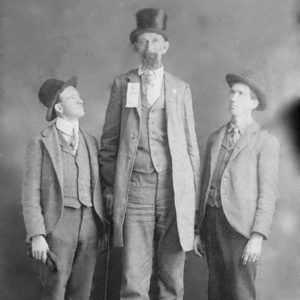 Henry Thruston
Henry Thruston
Thruston, Henry Clay
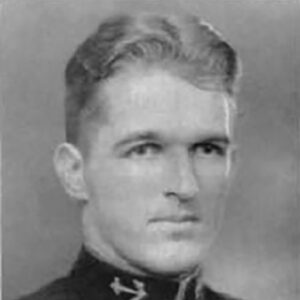 Frank G. Tinker
Frank G. Tinker
Tinker, Frank Glasgow
Titan II ICBM Launch Complex Sites
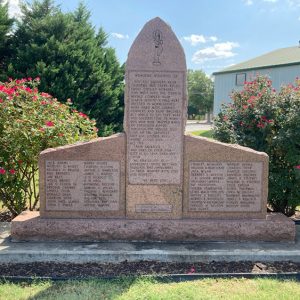 Titan II Memorial
Titan II Memorial
Titan II Missile Accident (1965)
Titan II Missile Explosion (1980)
Titan II Missiles
 Titan II Section
Titan II Section
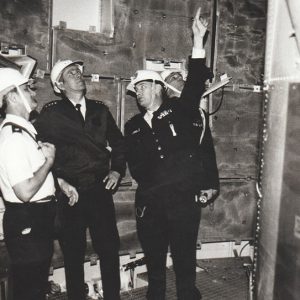 Titan II Tour
Titan II Tour
Totten, James
 Troop Train
Troop Train
Troop Train No. 571 Wreck of 1918
aka: Garland Troop Train Accident of 1918
Tulip, Skirmish at
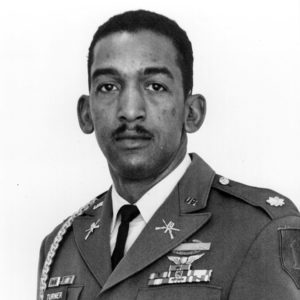 Fred Turner
Fred Turner
Turner, Frederick Cornelius Jr.
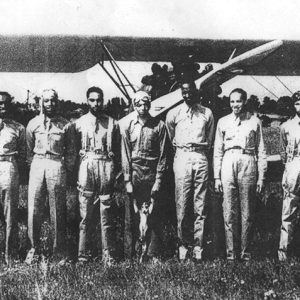 Tuskegee Airmen
Tuskegee Airmen
Twelfth Arkansas Infantry (CS)
Twelfth Arkansas Infantry Battalion (CS)
aka: Rapley's Sharpshooters
Twentieth Arkansas Infantry (CS)
Twenty-Eighth/Thirty-Sixth Arkansas Infantry (CS)
Twenty-Fifth Arkansas Infantry (CS)
aka: Thirtieth Arkansas (CS)
Twenty-First Arkansas Infantry (CS)
Twenty-Fourth Arkansas Infantry (CS)
Twenty-Second/Thirty-Fifth Arkansas Infantry (CS)
Twenty-Seventh Arkansas Infantry (CS)
Twenty-Sixth Arkansas Infantry (CS)
Twenty-Third Arkansas Infantry (CS)
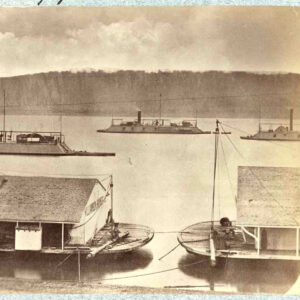 U.S. Gunboats
U.S. Gunboats
 UCV Reunion Parade
UCV Reunion Parade
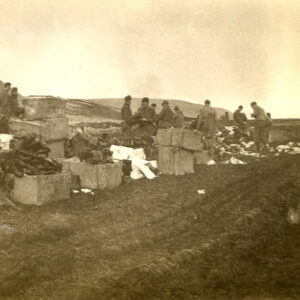 Umnak Island Supplies
Umnak Island Supplies
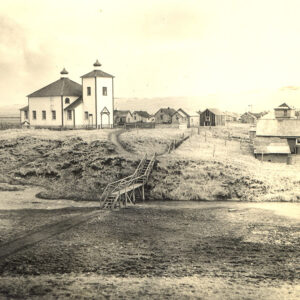 Umnak Island Village
Umnak Island Village
Underground Hospital
aka: Fifty-fifth General Hospital
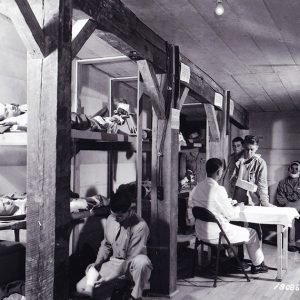 Underground Hospital Bunks
Underground Hospital Bunks
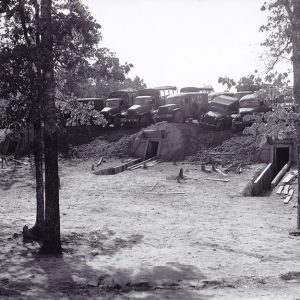 Underground Hospital Entrance
Underground Hospital Entrance
 Underground Hospital Exit
Underground Hospital Exit
 Underground Hospital Plan
Underground Hospital Plan
Union Occupation of Arkansas
Union Transport near St. Charles, Attack on
aka: Attack on U.S. Transport Marmora (October 22, 1864)
Unionists
United Confederate Veterans (UCV)
United Confederate Veterans Reunion of 1911
United Confederate Veterans Reunion of 1928
United Confederate Veterans Reunion of 1949
Upham, Daniel Phillips
 USAT General Brehon B. Somervell
USAT General Brehon B. Somervell




